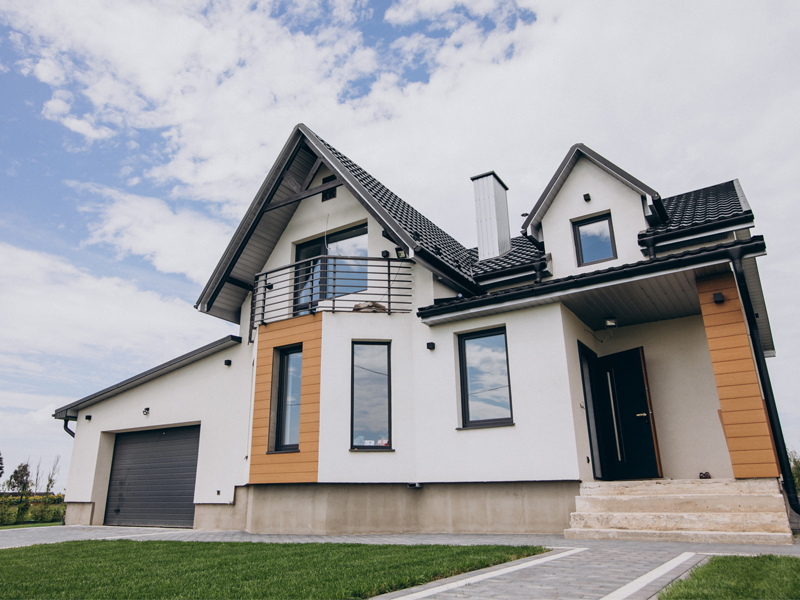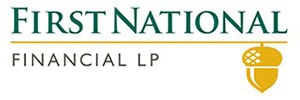
Investment Property
A Power Move to Secure Your Future and Unleash Your Inner Financial Spirit!
A mortgage on an investment property in Ontario is a popular option for Canadians seeking to invest their money. When buying an investment property, financing options are different from that of a mortgage taken out on a principal residence. In Ontario, the number of units in a building and whether or not the owner will be occupying one of the units are key factors that determine the financing options available. The financing for a building with 1-4 units is similar to that of a mortgage for a principal residence, whereas buildings with 5 or more units require a commercial mortgage with stricter qualification criteria and higher interest rates. The amount of down payment required also varies depending on whether the property is owner-occupied or non-owner occupied. With mortgage rates and tax implications playing a big role in investment decisions, it's important to consider all options when investing in property in Ontario.
Down Payment
The down payment required for investment properties in Ontario is an important aspect to consider when financing your investment. For non-owner occupied properties, the minimum down payment for an investment property is 20%. However, if you plan on occupying one of the units, the minimum down payment can be as low as 5-10%, depending on the number of units on your property. The maximum amortization period for an investment property mortgage depends on the size of the down payment. If the down payment is less than 20%, the maximum amortization period is 25 years. However, if the down payment is 20% or more, you may qualify for a 30-35 year amortization period. Investment properties with 1-4 units are eligible for competitive mortgage rates, as mortgage default insurance (often referred to as CMHC insurance) is available to minimize the risk to lenders. It is rare to require mortgage default insurance for a down payment of 20% or more, but it may still be required depending on your financial situation.
Debt Ratios
Your credit provider will also run a credit evaluation and determine your debt coverage ratio.
For an investment property mortgage to be approved, a lender must assess your financial capability to handle your monthly debt payments and expenditures. Essentially, there are three methods, or debt ratio computations, used by lenders for investment property mortgages.
The initial two techniques are modifications of the standard Gross Debt Service Ratio (GDS) and Total Debt Service (TDS) Ratio calculations utilized for a main residence. These evaluate the highest debt you can bear as a percentage of your earnings. GDS represents the percentage of your total income required to cover housing costs. TDS calculates the percentage of your total income necessary to cover housing expenses and other debts.
The standard equations for GDS and TDS are:
PITH = Principal + Interest + Property Taxes + Heating
GDS = PITH / Gross Income
TDS = (PITH + Other Monthly Debt Repayments) / Gross Income
These are the two modifications of the basic GDS/TDS calculation utilized for investment property mortgages, considering your potential rental income.
At Amrita Bhogal Mortgages, we believe that everyone deserves the opportunity to own their dream investment property. That's why we are dedicated to helping our clients secure the best mortgage solution, even if they have been declined by other lenders. Our team of mortgage specialists is highly experienced in investment property financing and will work closely with you to find the right solution. With our expertise and commitment to your financial success, you can rest assured that you will receive a mortgage with a low down payment and a competitive interest rate. Contact us today to learn more!
_ GET STARTED
Helping Canadian for a Better Living
_ OUR TRUSTED LENDERS AND PARTNERS
and many more
_ HOW WE WORK
We simplify the complex mortgage process by providing great rates and a better standard of living.
Looking for
Mortgage?
















